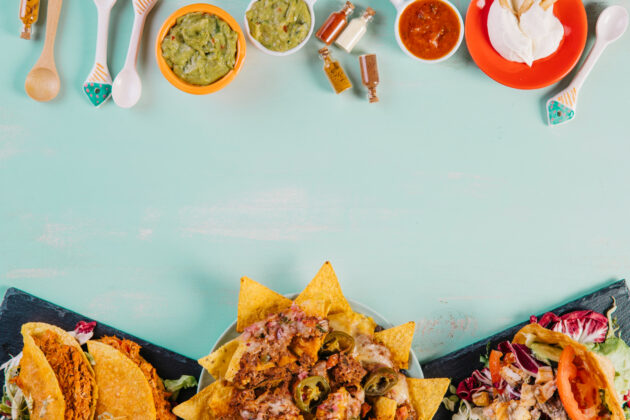
Diving into Mexican cuisine can feel like embarking on a flavorful adventure full of rich history and vibrant colors. The diversity in Mexican dishes offers something exciting for everyone, whether it’s the fiery heat of chiles or the comforting embrace of corn. If you’re curious about trying authentic Mexican food, visiting places like Cantaritos Mexican Kitchen can provide a great starting point to experience genuine flavors.
Each region of Mexico brings its unique twist to traditional cooking, making each dish a story. From the savory aromas that waft through the air to the colorful plates that entice the eyes, understanding Mexican cuisine is a journey into a culture as rich as it is diverse. To truly appreciate the dishes, it’s important to grasp what makes these foods special.
Table of Contents
The Essence of Mexican Cuisine
At its core, Mexican cuisine in menus like Cantaritos Mexican Menu is about balancing flavors and textures. Traditional dishes often use a base of corn, beans, and chiles, staples in households across the country. The complexity of flavors emerges from the use of vibrant herbs and spices, including cilantro, cumin, and epazote, which contribute to the characteristic taste of Mexican food. Every dish is crafted to tell a tale of history and tradition, a fusion that delights and satisfies.
Exploring Regional Diversity
Mexico’s geographical expansiveness ensures that each region offers something different to the culinary table. Northern Mexico is famous for its carne asada and flour tortillas. In contrast, Central Mexico stands out with its moles and hearty stews. The Yucatán Peninsula brings a refreshing twist with tropical influences seen in dishes like cochinita pibil, enhanced with a citrusy flair. These regional distinctions illustrate the cultural richness and variety of flavors for those eager to explore.
Common Ingredients and Their Significance
Many Mexican dishes rely heavily on a few key ingredients. Corn, often used in tortillas, tamales, and more, is integral to the Mexican diet, symbolizing sustenance and tradition. Chiles come in various forms, each offering a distinct level of heat and flavor. From jalapeños to the smoked depth of chipotles, the variety is vast. Avocados are cherished for their creamy texture and health benefits because they are packed with nutrients. Tomatoes bring acidity and sweetness to many dishes and are the backbone for salsas and sauces.
Influential Mexican Dishes
No exploration of Mexican cuisine would be complete without tasting its most influential dishes. Tacos, a staple in the Mexican diet, offer endless possibilities, with differing fillings based on meat, seafood, or vegetables. Enchiladas, often drenched in rich sauces, provide a comforting yet flavorful experience. Tamales, wrapped in corn husks, are a staple during celebrations, each bite transporting eaters to festive moments across generations.
Culinary Techniques and Traditions
The methods used in Mexican cooking are steeped in tradition and passed down through generations. Dry roasting is frequently employed to impart deeper flavors to chiles and spices while grilling adds a smoky dimension to meats and vegetables. Simmering and slow cooking are also prominent, allowing ingredients to meld together and create deeply flavored sauces and stews. Techniques like this reflect the resilience and adaptability of Mexican cuisine, continuously evolving while retaining its essence.
The art of Mexican cooking is a blend of history, community, and long-held practices, making every meal a rich tapestry of experience and taste. Whether savoring a pork-filled taco in a bustling market or creating your homemade mole, Mexican cuisine offers a world of culinary exploration worth discovering.
